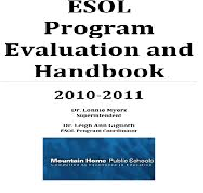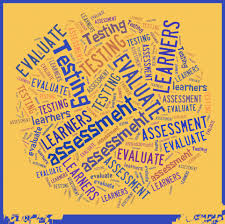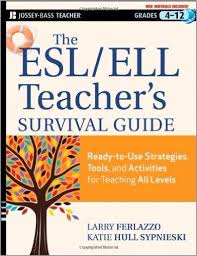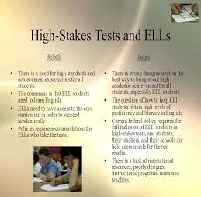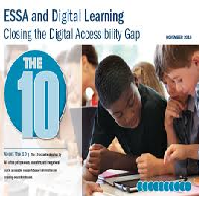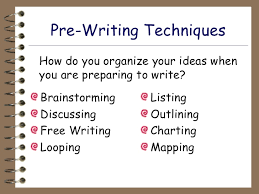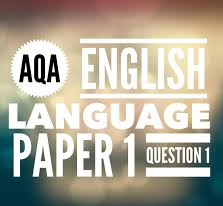ESOL and Essential Components of Reading Order Instructions: After reading the article, “English Language Learners and the Five Essential Components of Reading Instruction”
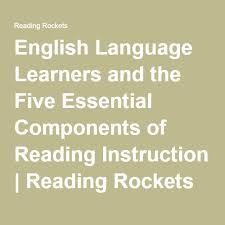
choose two of the essential components and create an instructional activity that will assess these components. The activity should be developed for an ELL with a language classification of A1/A2. The activity should also promote their language development.
ESOL and Essential Components of Reading Sample Answer
Esol
Essential Components of Reading
In establishing the two components of reading, it is imperative to first establish the ELL’s level of language classification. In this case, the ELL with a language classification of A1/A2 is considered and described as those at the beginner levels, an aspect that makes it easier in developing activities that promote their language development.
Phonemic Awareness in ESOL and Essential Components of Reading
Phonemes are considered as the smallest units that make up spoken language. It is essential to establish that English has 41 phonemes that are combined in the formation of words and syllables. For instance, the word stop may be dissected into four phonemes (s-t-o-p) while the word shop may have three phonemes (sh-o-p) (Brown, 2012). An example of an instructional activity that will integrate the components of phonemes among the ELL with a language classification of A1/A2 would include the use of a song that enables the learners to understand the phonemic components through the use of repetition and rhymes.
And they never came back, back, back,
She jumped so high, high, high,
Five fifty cents, cents, cents,
With silver buttons, buttons, buttons,
All dressed in black, black, black,
Jump over the fence, fence, fence
Miss Mary Mack, Mack, Mack,
She reached the sky, sky, sky
It is important to understand that this activity will promote the ELL’s language development through an aspect that will increase their phonemic awareness and their ability to determine and manipulate such phonemes in spoken word (Brown, 2012). It is additionally essential to establish that the sounds of these phonemes would help the students in making words together.
Vocabulary Development in ESOL and Essential Components of Reading
This element refers to the ELL’s knowledge of stored information on the meaning and pronunciation of different words that are essential in communication. Vocabulary development remains essential for the ELL’s especially when they are beginning to read since it helps them to establish the sounds and words that make sense based on their own understanding (Brown, 2012). In developing an instructional activity, the ELL’s need to engage in a lesson that entails a sequence of events within a story. For instance, a teacher may choose the book “The Tortilla Factory” by Gary Paulsen which details the steps entailed in making tortillas.
The teacher, therefore, shows the ELL a bag of tortillas and requests the learners to show their thumbs up in responding to the questions he asks;
Who ate the tortillas?
Helped in preparing the tortillas?
Known’s the ingredients needed to make tortillas?
Can show by motions the ways of making the dough?
The teacher then prompts the learners to identify the key vocabularies used as they are written on index cards that are placed in a pocket chart. The learners are expected to note these words while the teacher explains the meaning of each word (Brown, 2012). The teacher then distributes the words on an index card to different learners and while the teacher reads the words aloud, the learners are required to hold their words up. This activity, therefore, improves the learner’s language development.
ESOL and Essential Components of Reading Reference
Brown, R. (2012). Straddling two worlds: Self-directed comprehension instruction for middle schoolers. In C. C. Block & M. Pressley (Eds.), Comprehension instruction: Research-based best practices. (339). New York: Guilford Press.





